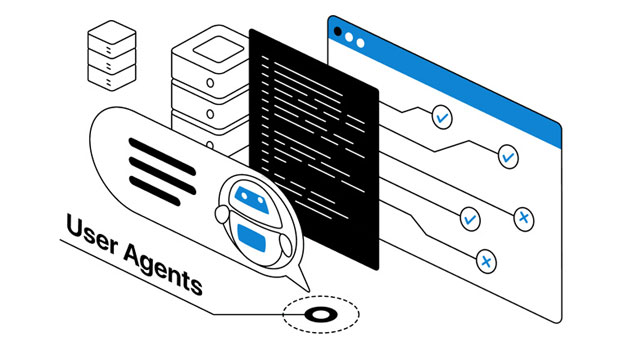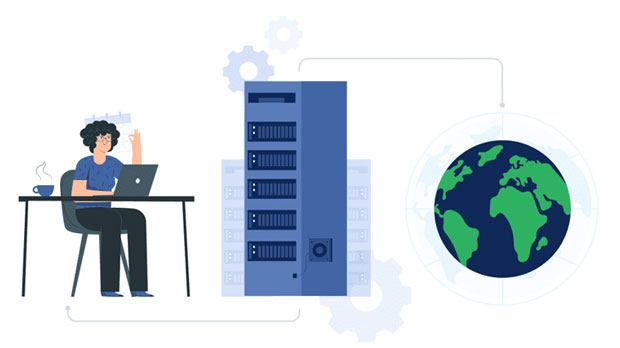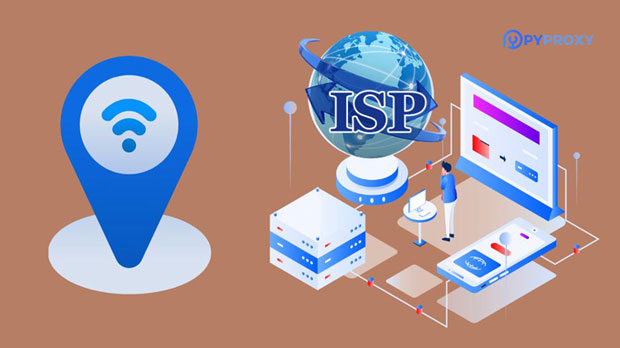socks5 proxy, often hailed as a versatile and secure solution for browsing and anonymity, is gaining attention for its potential in game acceleration. Game acceleration refers to reducing lag, improving ping, and ensuring a smooth online gaming experience. While SOCKS5 proxy can offer certain advantages, it also has its limitations. The key question arises: Is SOCKS5 proxy truly effective for gaming? In this article, we will dive deep into the pros and cons of using SOCKS5 proxy for game acceleration, explore its technical characteristics, and evaluate how it compares to other types of proxies or VPNs in gaming environments. What is SOCKS5 Proxy?Before exploring its role in game acceleration, let's first understand what SOCKS5 proxy is. SOCKS5 is the latest version of the SOCKS (Socket Secure) protocol, a network protocol designed to route traffic between a client and a server via an intermediary (proxy). Unlike traditional proxies that handle HTTP or HTTPS traffic, SOCKS5 operates at a lower level and supports a broader range of protocols, including TCP and UDP.One of the key advantages of SOCKS5 over its predecessors is its ability to handle both IPv4 and IPv6 addresses. It also provides better authentication options, ensuring a higher level of security and anonymity compared to earlier SOCKS versions.How Does SOCKS5 Proxy Work?The core functionality of SOCKS5 lies in its ability to route internet traffic through a third-party server. When you connect to a SOCKS5 proxy, your requests to access websites or services are forwarded through the proxy server, which then connects to the target website on your behalf. The website or service only sees the IP address of the proxy server, not your real IP address.For gaming, this means that the game traffic (such as gameplay data, server pings, and connection requests) will be routed through the SOCKS5 proxy instead of going directly from your computer to the game server. This can have certain implications on speed, latency, and overall gaming performance.The Role of SOCKS5 Proxy in Game AccelerationNow, let's address the key question: Is SOCKS5 suitable for game acceleration?1. Reduced Latency and PingLatency and ping are crucial factors that directly influence the gaming experience. Higher ping can result in lag, stuttering, and overall poor gameplay. A SOCKS5 proxy can, in some cases, help reduce latency by routing your connection through a server that is closer to the game server.For example, if you're located in a region far from the game’s servers, using a SOCKS5 proxy located near those servers could potentially reduce the distance your data has to travel, leading to a lower ping. This can be particularly beneficial for players in regions with poor internet infrastructure or for games that require real-time interaction.However, it’s important to note that the performance boost from using a SOCKS5 proxy may not always be significant. It depends on the server location, the routing efficiency, and the quality of the internet connection. In some cases, the use of a proxy could even add additional overhead, increasing latency rather than reducing it.2. Bypassing Geo-RestrictionsMany online games are region-locked, meaning certain games or game servers may be unavailable in specific countries or regions. A SOCKS5 proxy allows users to bypass these geo-restrictions by masking their real IP address and making it appear as though they are accessing the game from a different location.This can be particularly helpful for players who want to access game servers that are only available in certain regions. However, it’s worth mentioning that while socks5 proxies can help bypass geo-restrictions, they don’t provide the same level of encryption and security as a VPN. If bypassing geo-blocks is your main goal, there are other more robust solutions, such as VPNs, which may be better suited for the task.3. Bandwidth and Speed ConsiderationsA key element of game acceleration is maintaining high-speed, stable internet connections. SOCKS5 proxies can, in theory, help increase bandwidth by optimizing routing paths. However, in practice, the proxy server you choose can either improve or hinder your connection speed.The speed and bandwidth provided by a SOCKS5 proxy are highly dependent on the quality and location of the proxy server. If the server is overloaded, underperforming, or far from the target game server, your speed could be reduced. On the other hand, a well-chosen socks5 proxy server, with a high-speed connection and minimal congestion, could help maintain or even improve your internet speed.For gaming, latency is often more important than bandwidth. So, while SOCKS5 proxies may help optimize bandwidth in some cases, their impact on latency is often a more important factor in game acceleration.4. Security and AnonymityOne of the key reasons players opt for SOCKS5 proxies is for enhanced privacy and anonymity. Unlike VPNs that provide encryption for all internet traffic, SOCKS5 proxies do not encrypt your data. While this may sound like a disadvantage, it can actually be beneficial for gaming, as it reduces the overhead of encryption, which can introduce additional latency.However, if security is a concern, SOCKS5 may not be the best choice, as it doesn’t provide encryption by default. If you are playing a game that requires a higher level of protection against DDoS attacks, cyber threats, or other security issues, you might want to consider using a VPN that offers encryption and enhanced security features.5. Comparison with Other Proxies and VPNsWhen it comes to game acceleration, SOCKS5 proxies are not the only option available. Many gamers also use HTTP proxies, UDP proxies, or even VPNs. Here’s how SOCKS5 stacks up against these alternatives:- HTTP Proxies: HTTP proxies are more limited than SOCKS5 because they can only handle HTTP traffic. This makes them less versatile and unsuitable for online gaming, which often requires support for UDP traffic.- UDP Proxies: UDP is the protocol used by most online games for real-time communication. Some specialized UDP proxies may provide faster and more stable connections for gaming than SOCKS5 proxies, which typically route only TCP traffic.- VPNs: VPNs are more secure than SOCKS5 proxies because they encrypt all your internet traffic, offering enhanced privacy. However, the encryption process can slow down your connection. For gaming, using a high-performance VPN might offer better results in terms of security and anonymity, but the impact on speed and latency must be carefully considered.Limitations of Using SOCKS5 for Game AccelerationWhile SOCKS5 proxies can offer benefits in certain situations, they also have limitations:1. Lack of Encryption: Since SOCKS5 proxies do not encrypt data, they are less secure than VPNs, which can be a concern for players who value privacy and data protection.2. Inconsistent Performance: The performance of a SOCKS5 proxy can vary greatly depending on the server quality and location. Choosing the wrong proxy can lead to increased latency and slower speeds.3. Not Always Ideal for Fast-Paced Games: For competitive, fast-paced online games, even slight increases in latency or packet loss can make a big difference in gameplay quality. SOCKS5 proxies may not always offer the low-latency benefits required for these types of games.ConclusionSOCKS5 proxies can indeed play a role in game acceleration by potentially reducing ping and bypassing geo-restrictions. However, they are not a one-size-fits-all solution for improving gaming performance. Players should consider their specific needs, the quality of the proxy server, and the game they are playing before deciding to use SOCKS5 proxies. For some, a high-quality VPN or dedicated UDP proxy might provide better results, especially if security and encryption are priorities.Ultimately, whether SOCKS5 is the right choice for game acceleration depends on the individual’s requirements, as well as the server's proximity and performance. It’s always recommended to test various solutions and monitor the results before committing to a specific method for improving your online gaming experience.
Jan 06, 2025
![arrow]()



















































